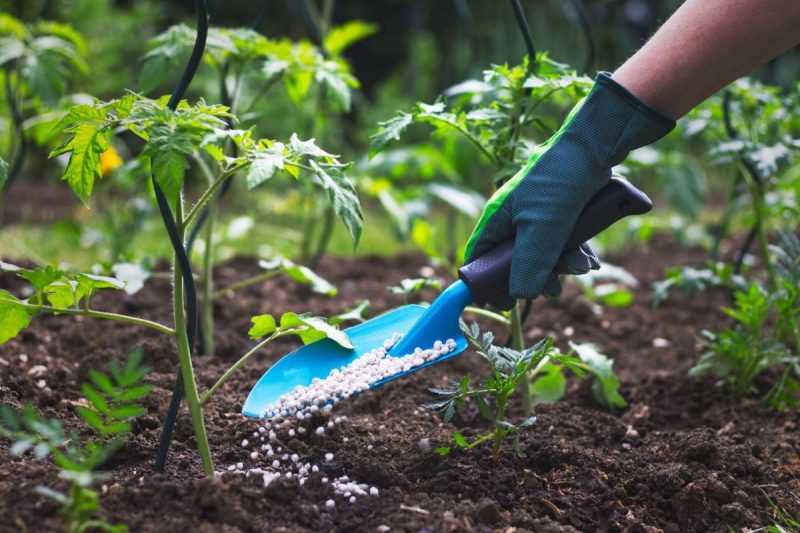
Unveiling the Secrets of Potash vs. Phosphate Fertilizers (2024 Edition)
Potash vs. Phosphate: Understanding the Key Differences
Potash and phosphate are two essential nutrients that play a crucial role in plant growth and development. Both are commonly used as fertilizers to improve soil fertility and promote healthy plant growth. While both potash and phosphate are important for plant health, they serve different functions and have distinct characteristics. Let’s explore the key differences between these two types of fertilizers.
Chemical Composition and Source
Potash, also known as potassium fertilizer, is primarily composed of potassium chloride or potassium sulfate. Potassium is a macronutrient that is essential for various physiological processes in plants, such as water regulation, photosynthesis, and enzyme activation. Potash is typically mined from underground deposits, where it occurs naturally in the form of potassium salts.
On the other hand, phosphate fertilizers contain phosphorus, another important macronutrient for plant growth. Phosphate fertilizers are derived from phosphate rock, which is processed to extract phosphorus in the form of phosphoric acid or other phosphate compounds. Phosphorus plays a key role in energy transfer, root development, and flowering in plants.
Function and Benefits
Potash is primarily responsible for regulating water uptake and osmotic pressure in plants. It helps plants withstand environmental stresses, such as drought or extreme temperatures, by maintaining turgor pressure in cells. Potassium also plays a vital role in enzyme activation and nutrient transport within plants. Adequate potassium levels can enhance yield, improve fruit quality, and promote overall plant health.
Phosphate, on the other hand, is crucial for root development, energy storage, and cell division in plants. Phosphorus is involved in various metabolic processes, such as photosynthesis, respiration, and the synthesis of nucleic acids and proteins. A sufficient supply of phosphorus promotes strong root systems, early plant growth, and improved flowering and fruiting in crops.
Application Methods and Considerations
Potash and phosphate fertilizers can be applied to soil in different forms, such as granules, powders, or liquid solutions. The method of application depends on factors such as soil pH, crop type, and nutrient requirements. Potash is generally more soluble than phosphate and can be readily absorbed by plants. However, excessive application of potash can lead to nutrient imbalances and environmental pollution.
Phosphate fertilizers, on the other hand, are less mobile in soil and may require microbial or chemical processes to become available to plants. It is important to apply phosphorus fertilizers strategically, considering factors such as soil pH, organic matter content, and the presence of competing ions. Proper timing and placement of phosphate fertilizers can maximize nutrient uptake efficiency and minimize losses through leaching or runoff.
In conclusion, potash and phosphate are essential nutrients that play distinct roles in plant growth and development. While potash primarily regulates water uptake and enzymatic activity, phosphate is essential for root development, energy transfer, and cell division. Understanding the differences between potash and phosphate fertilizers can help farmers and gardeners make informed decisions about nutrient management practices to optimize crop yield, quality, and sustainability.
